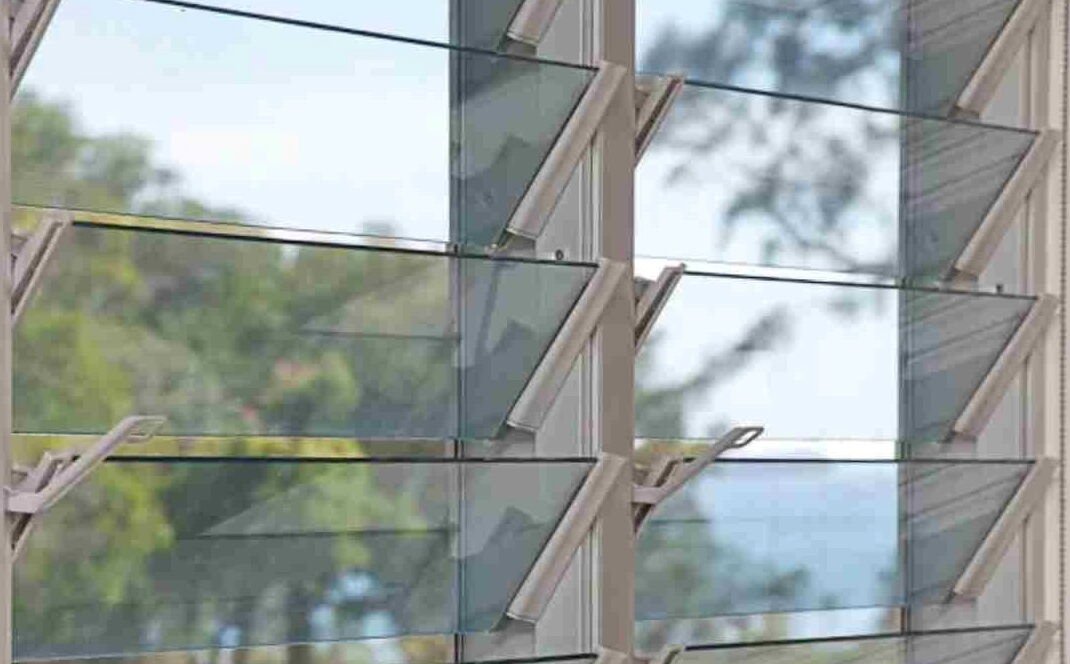Driveway paving is more than just laying down stones or asphalt; it’s a delicate blend of engineering and artistry. Historically, paved pathways were a symbol of status and practicality. Today, the tradition continues with innovations that improve durability and enhance visual appeal. Modern technology has introduced a myriad of possibilities, enabling homeowners to experiment with textures, colors, and layouts that add character and charm to their homes.
Paving a driveway is an essential home improvement project offering aesthetic appeal and functional benefits. Laying a driveway involves more than just creating a surface for vehicles; it’s about crafting a welcoming entrance to the home that blends the functional with the beautiful. Understanding how neighborhood driveway paving works can transform the mundane into a masterpiece for many homeowners. This article discusses the importance of a well-paved driveway in enhancing curb appeal, increasing property value, and providing a smooth, safe surface for everyday use. It emphasizes the nuances of choosing materials, applying techniques, ensuring maintenance, and predicting future trends. The goal is to equip readers with the knowledge to create a driveway that complements their home’s architectural style.
Types of Materials for Driveway Paving
Driveway paving materials can significantly impact their longevity and aesthetics. Asphalt is cost-effective and pliable, especially in colder regions, but requires regular maintenance. Concrete is robust and versatile, offering various finishes and styles. Although higher in cost, it offers longevity. Stones, known for their rustic charm and strength, are popular but expensive and time-consuming to install. The choice of material should align with climate conditions, budget, and personal style preferences.
Essential Techniques for a Durable Driveway
Building a durable driveway requires proper groundwork and execution. Ground preparation involves clearing debris and leveling the ground to ensure structural stability and prevent erosion. Layering techniques, including multiple sub-base layers before applying the final surface, enhance strength and resilience. Proper drainage solutions, such as slopes and channels, prevent water accumulation and maintain pavement integrity.
Modern Trends in Driveway Design
Today’s driveways are not just about functionality; they are a design statement. Current trends involve integrating smart technologies, such as heated driveways that alleviate snow removal in colder climates. Eco-friendly permeable pavements are gaining traction for reducing runoff and promoting groundwater replenishment. Using decorative techniques like stamped or colored concrete adds a touch of customization, creating a bespoke look tailored to individual tastes.
Common Challenges in Paving and How to Overcome Them
Driveway paving presents challenges, often dictated by environmental factors and material selection. Common issues include extreme temperatures leading to surface cracks or improper drainage, causing subsurface washouts. Solutions range from choosing climate-appropriate materials that offer expansion properties to employing professional contractors who understand the nuances of the installation processes. Addressing these proactively not only extends the life of your driveway but also saves on prolonged costs and repairs.
Maintenance Tips for Long-Lasting Paved Surfaces
Keeping your driveway in pristine condition requires ongoing care. Regular maintenance, such as seal coating, prevents oxidation and surface weakening. Periodic inspections allow for prompt crack repair, stopping minor damages from escalating. Clearing debris to ensure unobstructed drainage and adjusting maintenance practices according to the season ensures that your driveway remains functional and attractive year-round.
Environmental Considerations in Driveway Paving
In today’s increasingly green-oriented world, the environmental impact of driveway paving is becoming a significant concern. The use of recycled materials from previous construction projects not only reduces waste but also lowers costs. Permeable paving offers an eco-friendly option, ideal for those looking to reduce environmental impact without sacrificing functionality. These measures help in balancing aesthetic desires with ecological responsibilities.
Future of Driveway Paving Technologies
Innovations in driveway paving are transforming the field with an array of smart and sustainable technologies. From materials that offer more excellent resistance to weather phenomena to integrating solar panels within surfaces for energy efficiency, the future of paving is promising. As homeowners become increasingly conscious of their environmental footprints, these technologies are set to revolutionize how we perceive and implement driveway installations.












